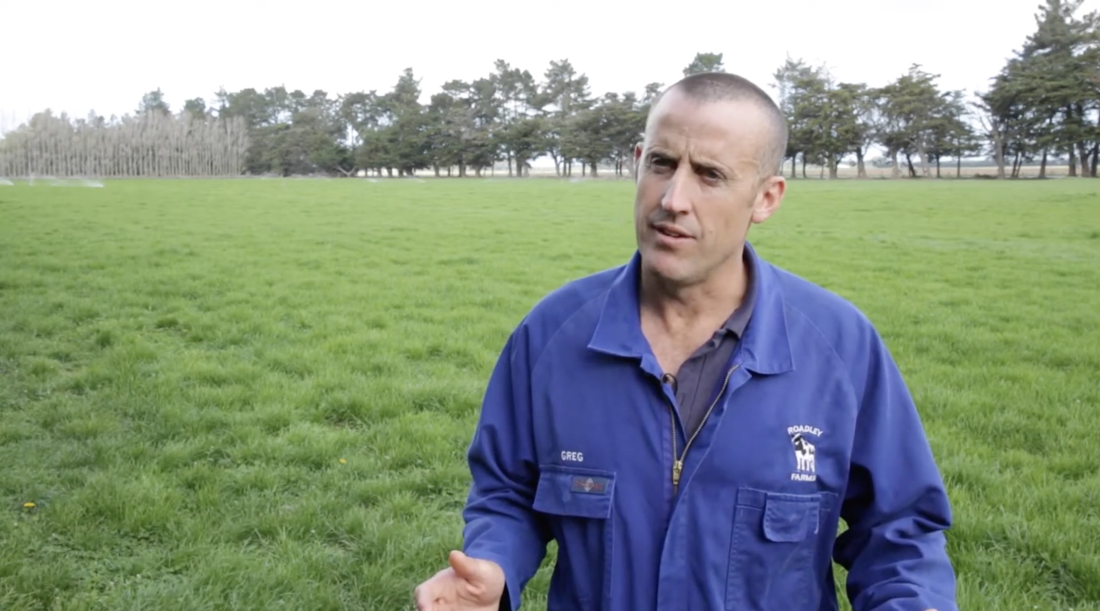Strategies to improve body condition score
2 min read
Body Condition Score (BCS) plays a crucial role in dairy farming in New Zealand. Keeping the BCS range as small as possible within your herd will help ensure better reproductive performance. This page outlines strategies to achieve this goal and offers tools and resources for assistance.
Range in body condition score (BCS) is as important as average BCS at calving. A BCS of 5.0 for mixed-age cows and 5.5 for first and second calvers is optimal for each animal, as well as a herd target.
The cows at greatest risk of poor reproductive performance are the first and second calvers. We know that within a herd there is always going to be a range of BCS, as each animal will have a slightly different metabolism, intake, and milk production.
The challenge is to get the spread in BCS at calving as small as possible around the above targets. There are several strategies to achieve this.
Low producing cows put fat on their back instead of milk in your vat. When feed is short, herd milk production can be increased by drying-off low- producing fat cows, so more productive cows can be fed better. There are often areas of low-quality feed on the farm where these low producing cows can be put to maintain themselves and control pasture quality, such as steep sidelings or gullies.
Weigh replacements every four to six weeks to check they are gaining enough weight and remedy any shortcomings. Aim to have these at target weight and BCS 5.5 when they enter the herd, as they will put little weight on (and often lose weight) while they adapt. Well grown heifers introduced to the mixed age cows during the dry period will compete well as milkers.
Young cows are still growing to reach their mature weight and often have lower intakes. Therefore, they are only able to put weight on at a slower rate and require more time to get to target condition.
If you dry-off all cows at once, it is necessary to split the dry cows into herds based on condition and expected calving date. This allows for preferential feeding to get all cows to target BCS. Creating herds is a good idea even if your cows don't need much extra condition as it protects the younger cows from competition from the older more dominant cows. If supplement is going to be fed, feed it to the herd you want to gain the most condition or cows that need it the most.
This involves every dry cow being fed the same, but the difference is how long she is dry for. Cows are unlikely to gain any body condition in their last month of pregnancy, so the decision on dry-off timing needs to be made with this in mind.
See the dry-off decision rules in DairyNZ Facts and Figures Book, pg. 103. In higher input systems, where dry cows are well fed on a mixture of pasture and supplement, cows that are BCS 4.5 or better only require 50-60 days dry; cows that are BCS 4.0 or below need around 80-90 days dry.
Use the tool below to calculate dry-off date to reach BCS targets at calving.
Cows that are milked once a day (OAD) are less likely to milk off their back than cows milked twice-a-day, and when well fed will put more weight on during lactation. Groups of cows that are particularly vulnerable to not reaching BCS targets, such as first calvers and early calving cows, are ideal candidates for part season OAD milking.
Start OAD early enough to have an impact on BCS, as milking OAD for a couple of weeks or a month before drying-off has little impact. The reduction in daily milksolids production can largely be made up by milking on for longer, as cows do not have to be dried -off as early due to BCS. OAD milking is not recommended where the herd already has a high somatic cell count (SCC), as it can increase when starting OAD.
Find out how Canterbury farmer Greg Roadley uses body condition scoring in the video below.

Video 3:58 min
Taking action when a cow is at BCS 3.5 can prevent her from going lower and potentially compromising her welfare. Actions to remedy this can include identifying her for monitoring, separating out and feeding preferentially, and seeking veterinary attention to identify underlying animal health problems.
At BCS 3.0 or below you may face restrictions on transport and supply of milk.
Now’s the perfect time to check in, plan, and set up for a strong season. We’ve pulled together smart tips and tools to help you stay ahead all winter long.
Whether you prefer to read, listen, or download handy guides, we’ve got you covered with trusted tools to support your journey every step of the way.
Put our proven strategies and seasonal tools to work. Boost production, support animal health and watch your profits hum.
Tools that are backed by science, shaped by farmers and made for this season.
That’s Summer Smarts.